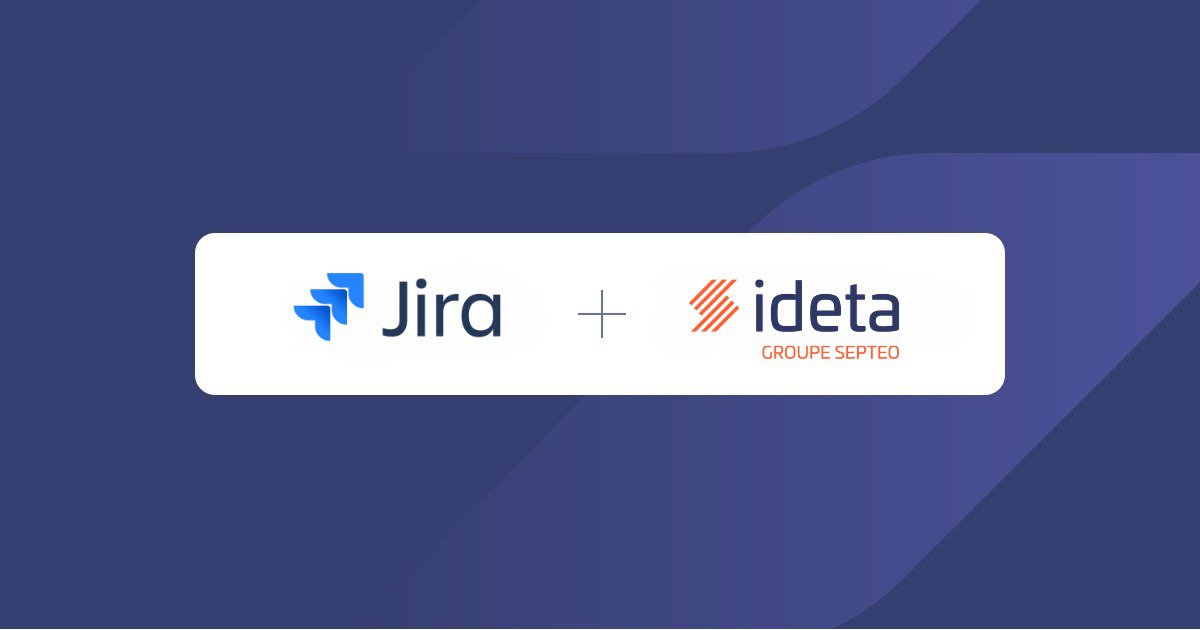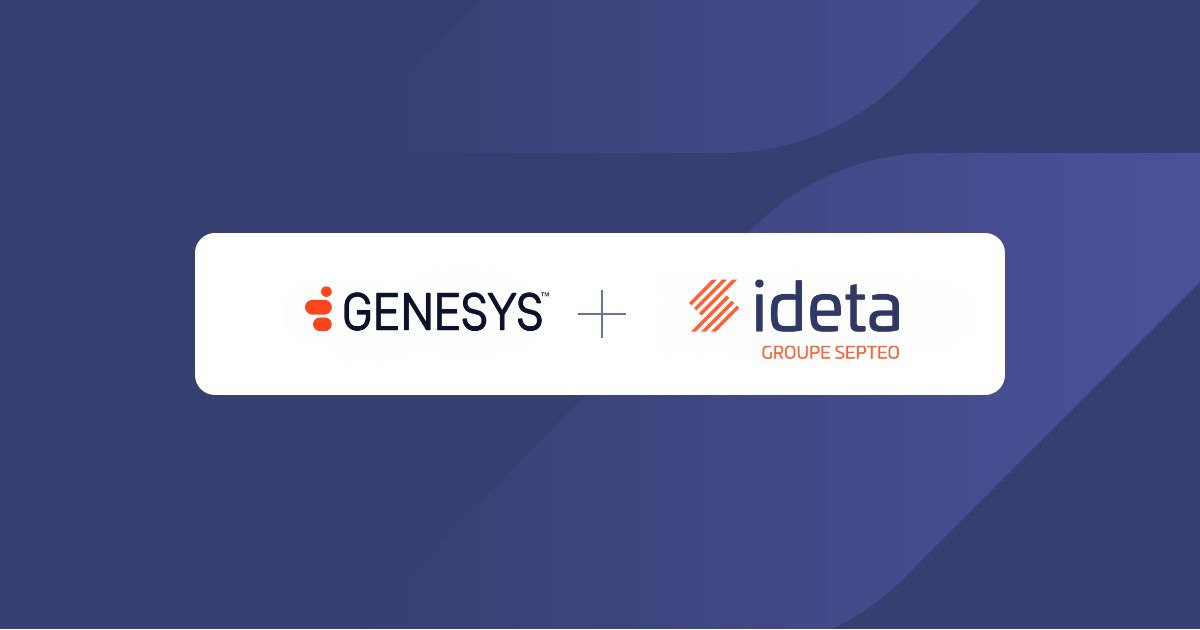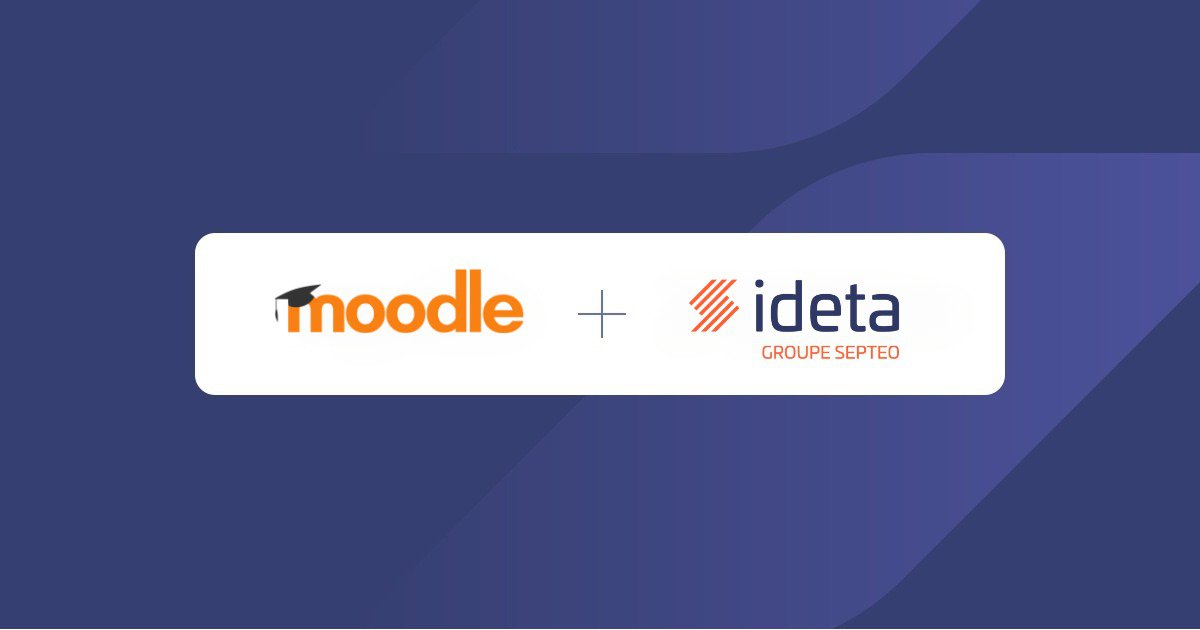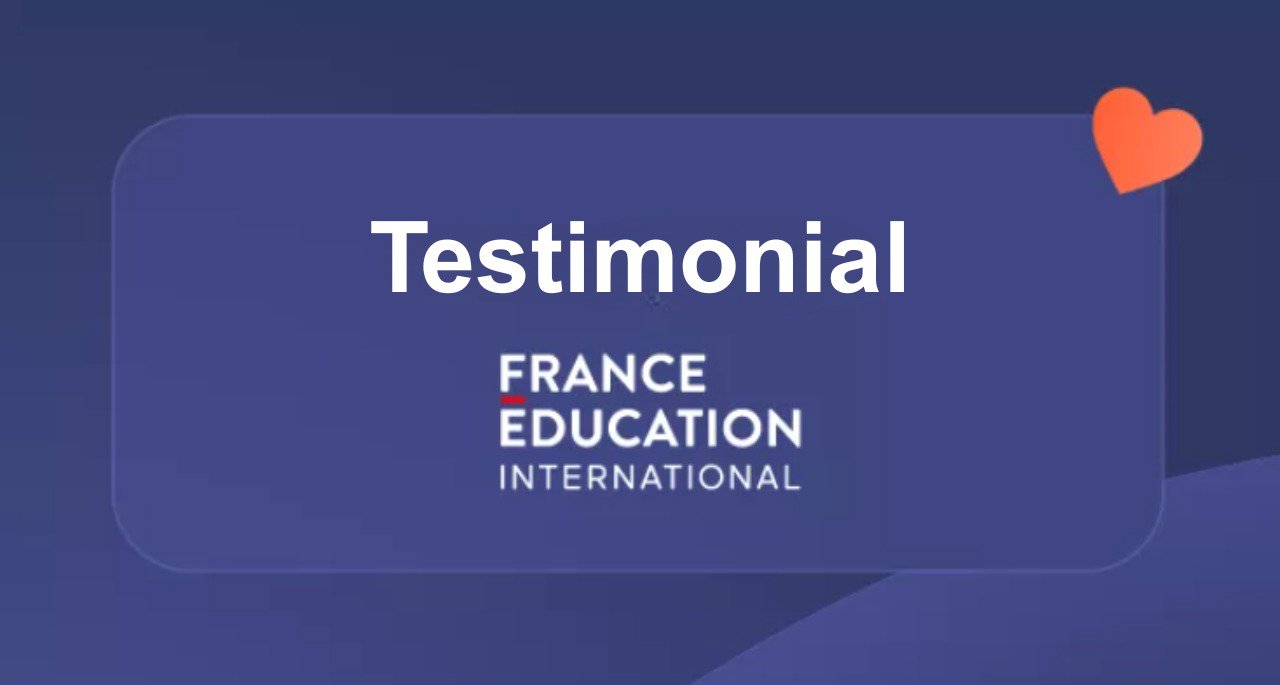Jira x Ideta : Turn Tickets into AI-Powered Answers
What’s a Rich Text element?
The rich text element allows you to create and format headings, paragraphs, blockquotes, images, and video all in one place instead of having to add and format them individually. Just double-click and easily create content.
Static and dynamic content editing
A rich text element can be used with static or dynamic content. For static content, just drop it into any page and begin editing. For dynamic content, add a rich text field to any collection and then connect a rich text element to that field in the settings panel. Voila!
How to customize formatting for each rich text
Headings, paragraphs, blockquotes, figures, images, and figure captions can all be styled after a class is added to the rich text element using the "When inside of" nested selector system.
1. The Challenge: Valuable knowledge locked inside Jira
Support and IT teams manage thousands of Jira tickets over time, especially in environments where Jira is used as the central tool for issue tracking and service management. In fact, large Jira deployments often host over a million issues.
Each ticket captures not just the reported problem, but also the dialogue, context, technical details, steps taken, and final resolution. Yet all this knowledge frequently stays buried inside Jira and remains difficult to access in a usable form.
Manually reusing past tickets or answers to help with new ones is almost impossible at scale. The volume, variety, and structure of the data create major friction. Ideta addresses this by extracting and structuring that knowledge, turning Jira’s trove of past tickets into a powerful, accessible knowledge base for your team and bots to leverage.
2. Connect Jira to Ideta and unlock the power of your tickets
2.1. Train your chatbot on real conversations
Connecting Jira to Ideta takes only a few clicks and doesn’t require any technical setup. Once the integration is active, all your tickets and their answers can be imported automatically. This process allows your chatbot to learn directly from your team’s real conversations and daily support activity.
By training on actual cases, the bot captures not only the content of the answers but also the way your agents communicate, their tone, style, and reasoning. It understands the typical questions your customers ask and how your team solves them. Over time, it builds a deep understanding of your workflows, making its responses both relevant and reliable.
Instead of relying on generic datasets, your AI assistant becomes a reflection of your organization’s real expertise. It speaks your language, respects your processes, and delivers accurate, context-aware responses that feel natural to your users.
2.2. Keep your knowledge fresh
One of the main advantages of connecting Jira to Ideta is the ability to keep your chatbot’s knowledge up to date automatically. Every time a new ticket is created, updated, or closed, the changes can be synced in real time. This ensures that your chatbot always relies on the latest information without any manual effort from your team.
You don’t need to re-upload data, copy content, or trigger retraining sessions. Ideta handles the synchronization for you, allowing your support and IT teams to focus on what matters most: helping users and solving complex issues.
As your team continues to manage new requests and find new solutions, your chatbot evolves alongside them. It keeps learning, adapting, and improving, becoming smarter every day. This continuous learning loop turns your Jira history into a living, dynamic knowledge base that grows with your business.
3. Why this Integration changes everything
Connecting Jira to Ideta is more than a technical improvement; it’s a new way of using the knowledge your teams already have. Every solved ticket contains information that could help another user, yet it often disappears into archives. With this integration, that knowledge finally becomes useful again.
Once your Jira data is connected, Ideta automatically reuses it to train your chatbot. No manual import, no extra setup. Your bot immediately knows how your team speaks, the type of issues it handles, and the tone it uses when replying. It can start helping from day one, drawing on the real history of your customer interactions.
This makes a visible difference in everyday work. Agents spend less time searching for past answers or writing similar replies, which shortens ticket resolution time. Customers receive faster, more consistent responses, and your support team gains time to focus on the complex cases that need human attention.
With Ideta, you stay in full control of how your chatbot learns. Instead of retraining constantly, you can schedule automatic updates at your own pace — every few days, weeks, or months. This flexibility ensures your bot always reflects the latest Jira activity without unnecessary processing or manual work.
Your knowledge base stays accurate and fresh, and your team decides exactly when the chatbot should update its data. It’s efficient, predictable, and perfectly suited to the rhythm of your operations.
4. How to enable the integration in Ideta
Setting up the integration between Ideta and Jira is quick and straightforward. You don’t need any technical background, just follow these simple steps to connect your Jira tickets to your chatbot.
Step 1: Connect your Jira account
- Go to your chatbot’s Settings tab in Ideta.
- Click on Integrations in the left menu.
- Find the section Save Jira API Key.
- Enter your Username, Password and Base URL from Jira.
- Click Save.
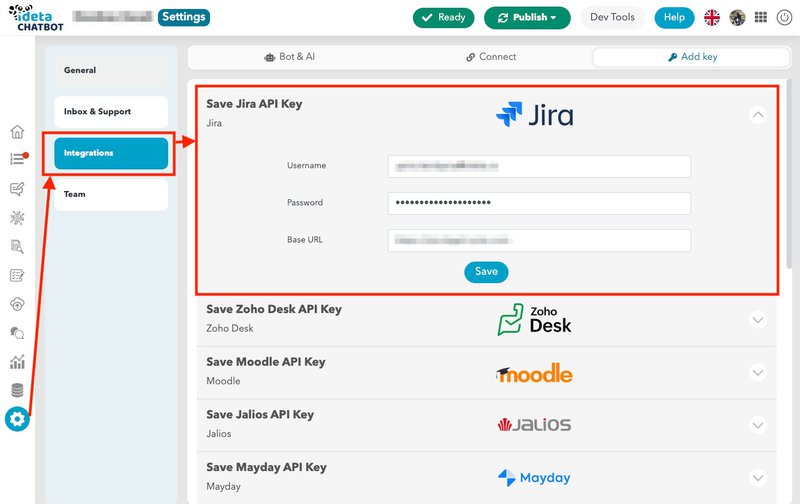
Your Ideta chatbot is now securely connected to your Jira environment and can start retrieving your tickets and their corresponding answers.
Step 2: Automate your knowledge base updates
- Go to the Auto update tab in the Data Training section.
- Choose the method Jira from the dropdown menu.
- Choose how often you want to refresh your ticket data, every few days, weeks, or months.
- Define what should happen when tickets are updated or deleted in Jira :
- Can delete: remove tickets from the chatbot if they are deleted in Jira.
- Can update: automatically refresh tickets if they are modified in Jira.
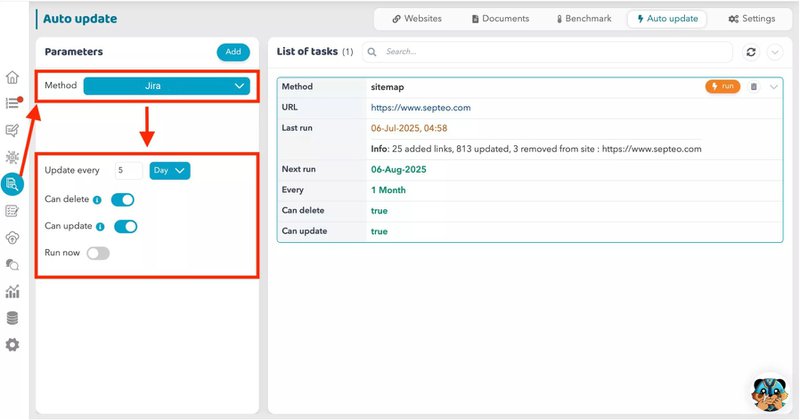
And then, click Add to confirm your settings.
That’s all you need to do. Ideta will now automatically sync your chatbot with your Jira tickets at the frequency you’ve chosen. You can also launch a manual update at any time to make sure your chatbot has access to the most recent data immediately.
With this setup, your chatbot always works with the latest information from your Jira tickets — no manual upload or retraining required.
5- Where to deploy your Jira-trained Chatbot
Once your chatbot has been trained on Jira tickets, you can decide exactly how and where to use it. The most natural first step is to bring it back into Jira itself. Inside your ticketing system, the chatbot can suggest draft replies for each new request. Agents remain fully in control: they review, edit, and validate the proposed responses before sending them. This simple workflow saves precious time while keeping human expertise at the center of the process.
By relying on AI-generated drafts, support teams can handle tickets faster and more efficiently. Instead of writing every answer from scratch, they start from a solid base built on real past cases. It speeds up response time, improves consistency, and reduces the mental load of repetitive tasks.
But the value of your chatbot doesn’t stop there. You can also connect it to your email system, where it generates response suggestions using the same knowledge it learned from Jira. This allows your team to handle incoming messages with the same speed and precision, no matter the channel.
And for even greater flexibility, you can deploy your chatbot on Teams, Slack, WhatsApp, SMS, or directly on your website. In every environment, it uses the same trusted data from your Jira history to deliver clear, relevant, and consistent information to users.
The API channel allows you to connect your chatbot to any custom or specific integration.

Whether it works inside Jira or across multiple communication channels, your chatbot becomes a true extension of your support team. It helps your organization deliver faster answers, maintain quality interactions, and make the most of the knowledge your team has already built.
6. Ready to turn your Jira tickets into AI Power?
With Ideta, your Jira data becomes a true source of intelligence. Every ticket, every answer, and every interaction your team has handled can now be transformed into something actionable. By training your chatbot on this real support history, you give it the ability to understand context, provide accurate suggestions, and assist your team with confidence.
Once trained, your chatbot can be deployed wherever you need it, inside Jira to generate draft replies, in Teams or Slack to assist your staff, or on your website to help customers directly. It takes care of the repetitive work and keeps your information consistent across every channel.
Your team stays focused on what truly matters: solving problems, improving user satisfaction, and building stronger connections with your customers.
👉 Try Ideta today and start building your own AI-powered Jira assistant.

